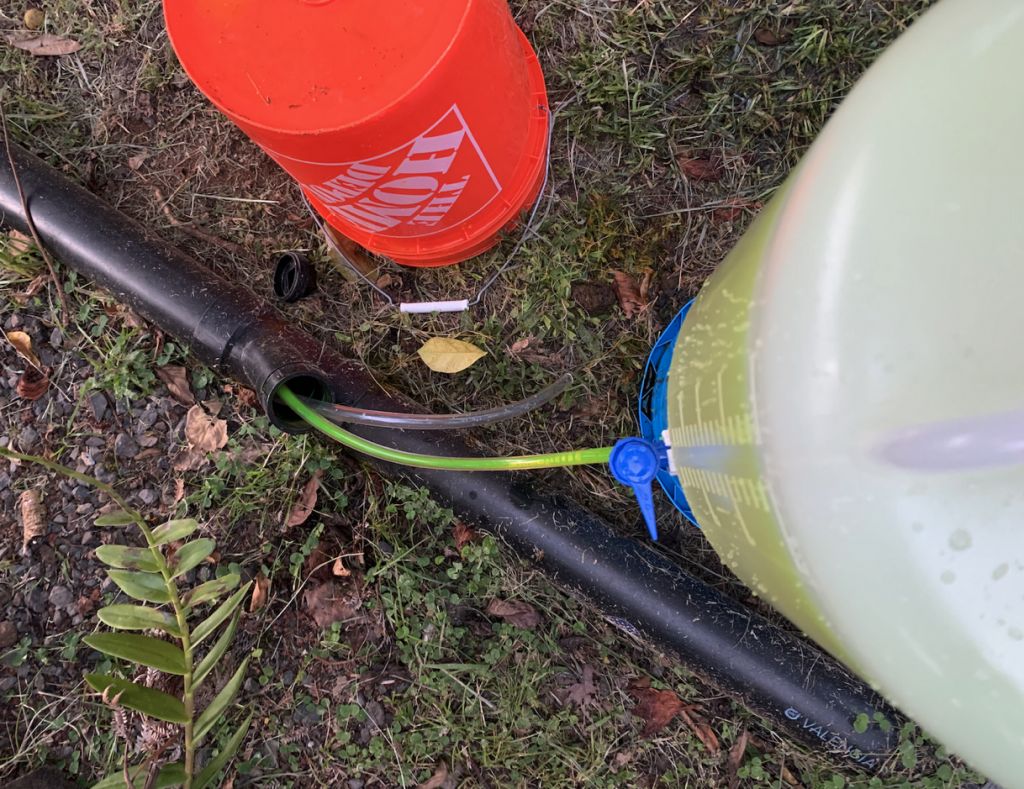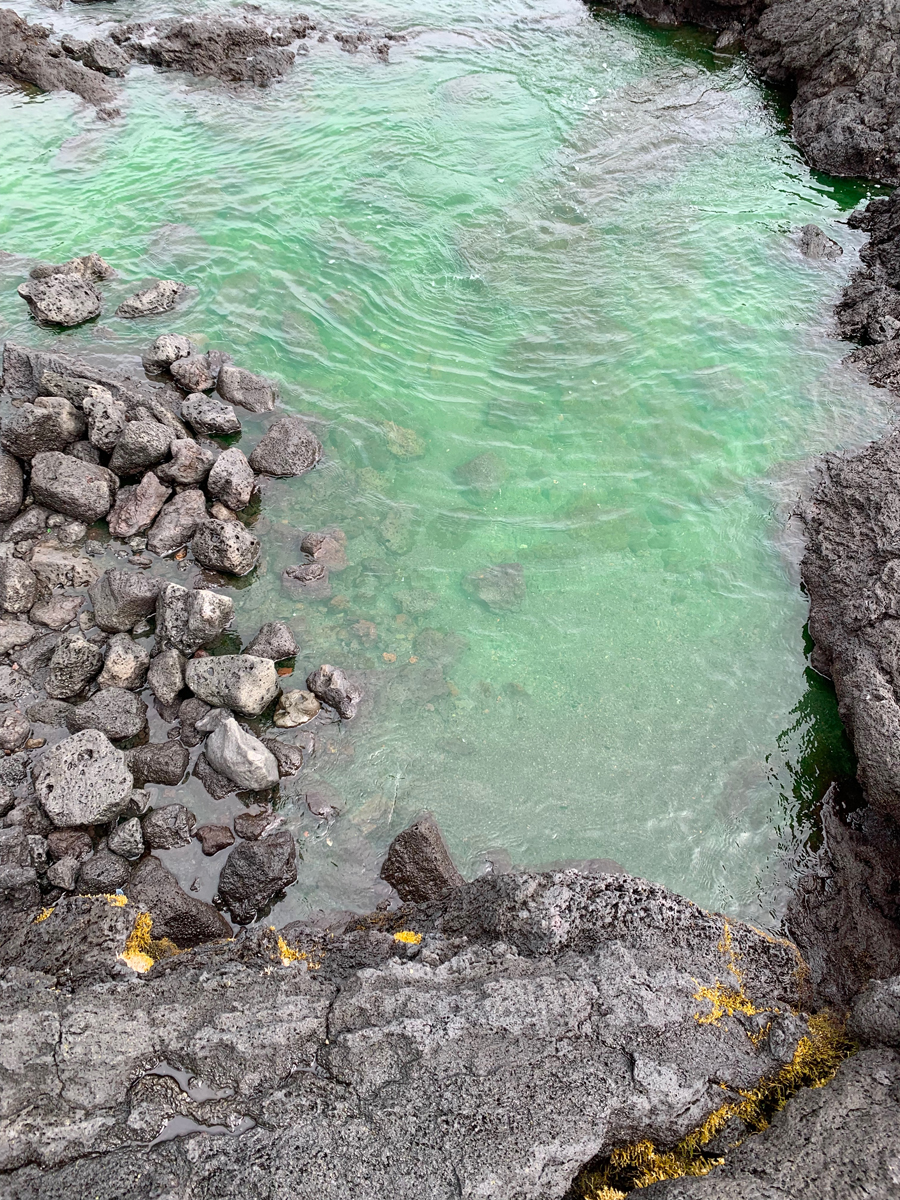Tracing the pollution problem, but can we trace a solution?
by Shayla Waiki
Who would have ever thought that the little girl who grew up playing in the waters around Hawaiʻi Island would soon be doing research along those very shorelines that were so influential to her?
I was raised in a family of fishermen, divers, and ʻopihi pickers, all-around water people. My weekends were for family, and inevitably we ended up at the beach. I looked forward to my summers spent at the beach, camping with family at our favorite spots and eating ʻopihi straight off the rocks. These are the memories I will cherish forever. The ocean is a part of who I am, my cure for everything, so of course it played a role in developing my passions. My interest in anything ocean-related was automatic.
But while I was young, it never crossed my mind just how clean the waters were that I swam in, where my dad caught our dinners, and where all my favorite foods came from.
Fast forward to my journey through my undergraduate career: I was captivated by limu (seaweed/algae) and honu (green sea turtles) but water quality was never my “thing.” It was foreign to me. But here I am now, pursuing my Master’s degree as a Hawaiʻi Sea Grant Graduate Fellow and researching just that: water quality, sewage pollution, groundwater springs, and the movement of freshwater, in the places where I grew up. I consider myself lucky to be here, in a place that means so much to me, doing coastal water research, and providing useful knowledge to the people of my community.

One component of my thesis research is determining the connectivity between household sewage systems, like cesspools, and the nearby shorelines. Cesspools are simply holes in the ground that contain sewage; in my town of Hilo alone, approximately 8,700 cesspools are active. Unfortunately, the Hawaiian Islands are made up of porous, volcanic, basaltic rock. This highly permeable rock allows cesspool contaminants to seep into groundwater, which in turn is transported to nearby shorelines, emerging as groundwater springs.
This summer my team of fellow researchers and interns conducted multiple dye tracer tests to see if, and just how fast, these contaminants were reaching the shoreline. Fluorescein, a non-toxic, organic dye, was introduced into household sewage systems, and the nearby shoreline was monitored for the emergence of dye. Shockingly, in some places it took only ~20 hours, not even a full day, until the dye began to appear at the shoreline and turn the waters bright green. The longest appearance interval we recorded took approximately 5 days after dye was introduced into the system, but either way, the dye was reaching the shoreline. This indicates that concerns are justified: sewage contaminants from cesspools are, in fact, reaching the shoreline and rather quickly. My thesis research revealed everything I never wanted to know, but exactly what I needed to know. This brings me to the next logical question: just how clean are these coastal waters?
So many people, so many families, so many kūpuna and keiki enjoy the ocean. It is a part of their lives and who they are, just as it is for me. Coastal communities are heavily reliant on coastal waters for resources and important cultural practices. Therefore, the quality of these waters are of utmost importance to the health of these communities. I want future generations to have the childhood I did, the carefree bliss of playing and living in and around the ocean, but my research has shown we can’t be carefree anymore. In order to secure an environment with good water quality, the sewage problem needs to be addressed. What are the solutions? Where do we go from here? I, myself, don’t have that answer, yet, but maybe as I and others trace this path, we will find the best way back to the clean shores of my childhood.

 About the author:
About the author:
Shayla Waiki, born and raised on the Island of Hawaiʻi, is a graduate student at the University of Hawaiʻi at Hilo in the Tropical Conservation Biology and Environmental Science Program (TCBES), researching water quality and sewage pollution in coastal waters of Hilo, Hawaiʻi.

